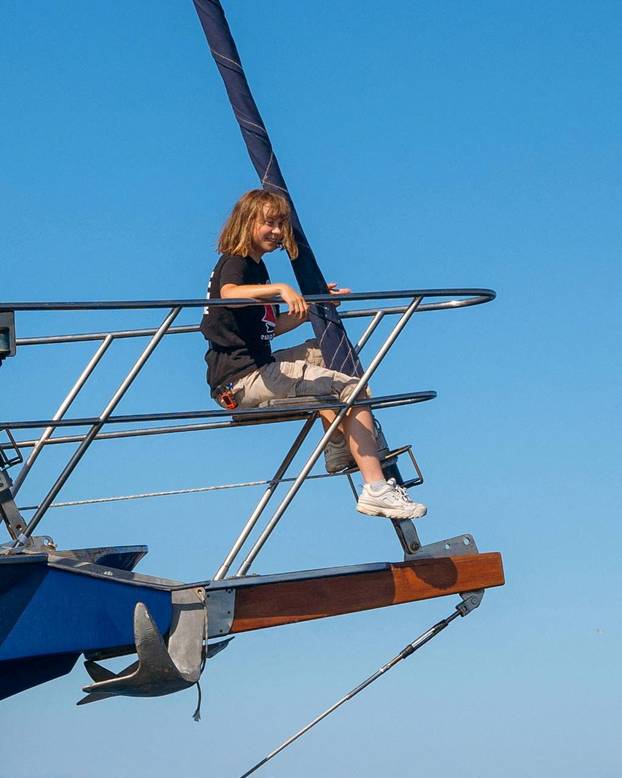Vatican Smoke’s secret: The furnace has been used eight times so far, here’s how they change the color of smoke

In the coming days, the center of attention will again be a well -known chimney above the Sistine chapel, a key symbol in the choice of a new chief of the Catholic Church. The chimney, which rises about 30 meters above the ground, consists of two parts: the lower is made of 32 pipes, while the finish, which extends to the roof itself, consists of one copper-combed tube approximately 20 meters long.
The current cast iron stove system was first used on conclave in 1939, when Pope Pius XII was elected. Since then, it has been used seven more times: 1958 (Pope John XXIII.), 1963 (Pope Paul VI.), 1978 (Pope Ivan Pavao I.), again in 1978 (Pope John Paul II), then in 2005 (Pope Benedict XVI) and 2013, when Pope Francis was elected. Each of these dates is engraved by Roman numbers at the top of the furnace, witnessing their historical importance.
Little is known how the process of smoke creation that indicates the outcome of the choice is actually functioning. Both white and black smoke are produced by burning the electoral leaves used by the cardinals during the vote. The leaves are mixed with different substances to create the characteristic smoke of a particular color.
The white smoke, which indicates that the new Pope has been chosen, is formed by combustion of materials such as metal zinc in combination with sulfur, with a thick white gas. In contrast, black smoke, which signals that the choice has failed, is formed by combusing carbon materials such as wood, with dark compounds that give smoke to black or gray.
The smoke itself comes out through the chimney on the roof of the Sistine chapel, and originates from two iron stoves located inside the chapel. The furnaces are about 3.2 meters high and have two openings: the lower fire burning and the upper to insert the leaves and materials required for combustion.
During the last conclave in 2013, a symbolic moment was recorded: immediately after the black smoke was discharged, a white seagull landed on a chimney, evoking a picture of hope, which, like any conclave, is overwhelmed by the anticipation of white smoke.








